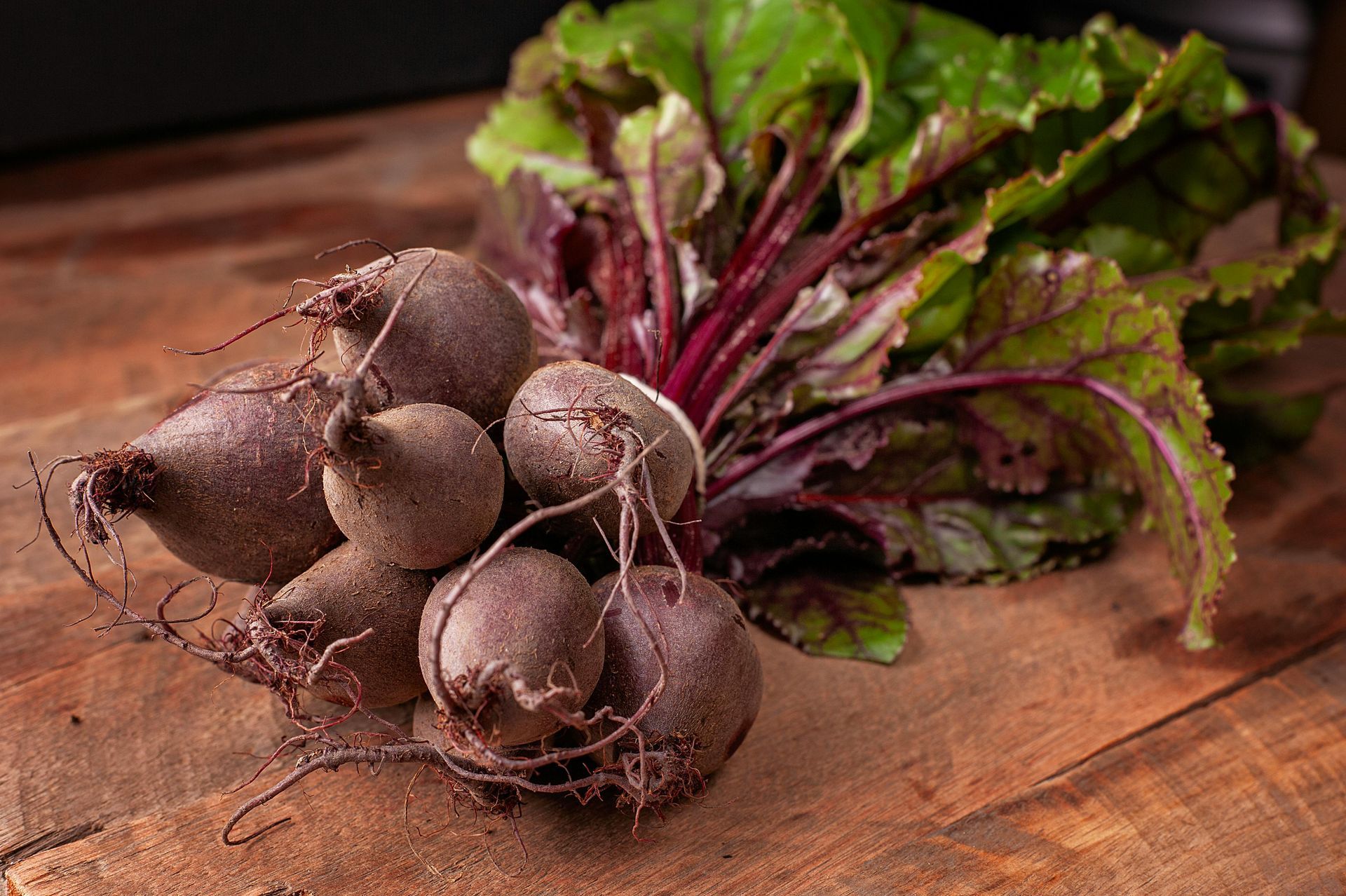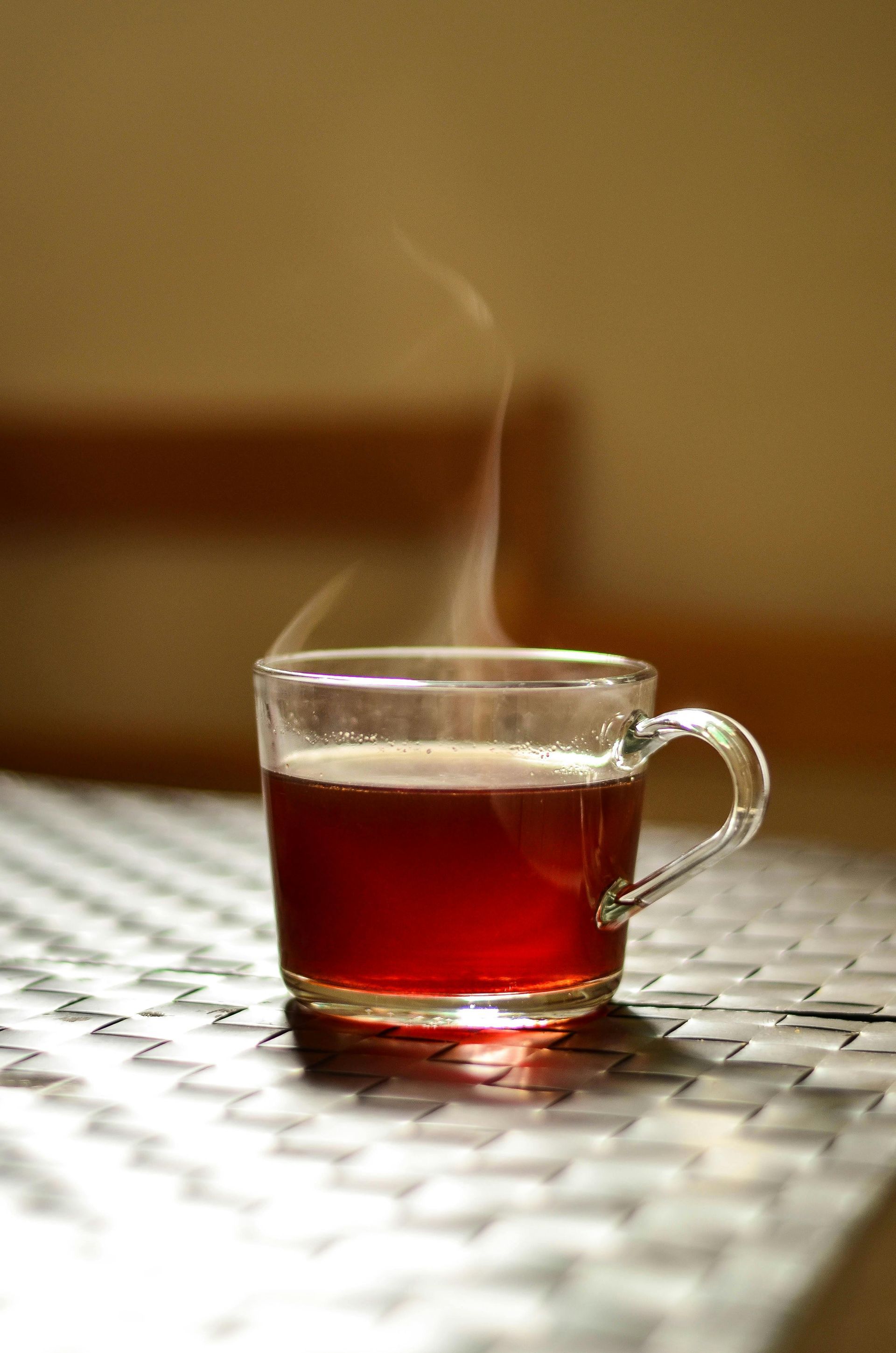Whole plant cooking made simple and sustainable
Be patient with your plants; if something’s not ready, enjoy what it offers now, like broccoli leaves while the florets are still forming.
Ever opened your fridge and felt a little guilty tossing out wilted greens or veggie scraps? What if those “leftovers” were actually the secret to your next delicious meal? At Good for the Hood, we love uncovering the simple shifts that make everyday life more sustainable, so we teamed up with permaculture educator and home cook Morag Gamble to explore a fresh idea: what if we truly used every part of the plants we grow and buy?
The session was part of our
@ HOME program, where residents get practical, hands-on advice for living more sustainably. Here are some highlights you can try in your own kitchen.
How to Reduce Food Waste at Home
When most of us cook with broccoli, we only use the florets. But the stalks and leaves are perfectly edible and full of nutrients. This simple shift in thinking is called the whole plant philosophy, and it’s one of the easiest ways to reduce food waste.
Here are some examples you can try right away:
- Pumpkin: Roast or blend the skin into soup, throw the seeds in the oven on low, coated in your favourite seasoning for a crispy salad topper, or cook the young shoots.
- Beetroot: Add the colourful leaves and stalks to salads, stir-fries, or a frittata.
- Broccoli: Slice the stalk into a stir-fry or use it as a base for soup.
By using more of what you buy or grow, you’ll save money, stretch meals further, and keep less food out of the bin.

Why Composting is a Game Changer
Morag reminded us that every kitchen can become a circular system. Instead of throwing scraps away, feed them back into your garden through compost, a worm farm, or even a simple Bokashi bin.
This cycle is simple but powerful: food scraps become compost, compost feeds the soil, and healthy soil grows more food. It’s one of the most impactful steps any household can take for the planet.
Easy Recipes That Make the Most of Your Garden
Cooking with what’s abundant doesn’t mean boring meals. Here are a few ideas Morag shared to get you experimenting:
- Veggie-packed cake: Sweet potato or beetroot adds richness to chocolate cake without loads of sugar.
- Garden frittata: Use any leafy greens or herbs you have on hand, and try ricotta for a creamy finish.
- Homemade teas: Brew your own using mulberry leaves, citrus blossoms, or olive leaves for a fragrant, zero-waste drink.
These ideas aren’t about following strict recipes. They’re about letting your garden, market box, or fridge inspire what’s on the table.
Morag’s biggest encouragement? Stay curious. Next time you see a plant in your garden or community plot, ask yourself: Could this be edible?
- Do some quick research before trying anything new.
- Start small, adding a few leaves or stems into an existing dish.
- Be patient with your plants; if something’s not ready, enjoy what it offers now, like broccoli leaves while the florets are still forming.
This approach makes cooking feel creative, reduces waste, and reconnects us with nature.
This week, walk through your garden or a local community space. Find one part of a plant you wouldn’t usually eat, a stem, leaf, or flower and learn if it’s edible. Then, try adding it to your next meal.

SIGN UP FOR SPECIAL UPDATES WITH THE MONTHLY HOOD NEWS.

